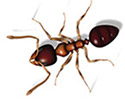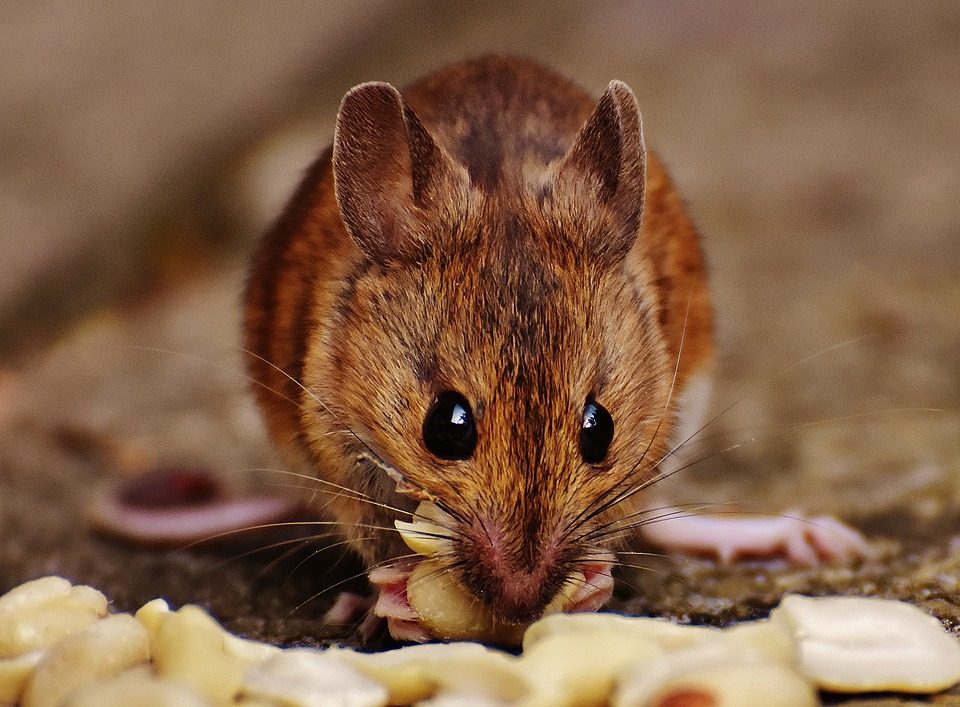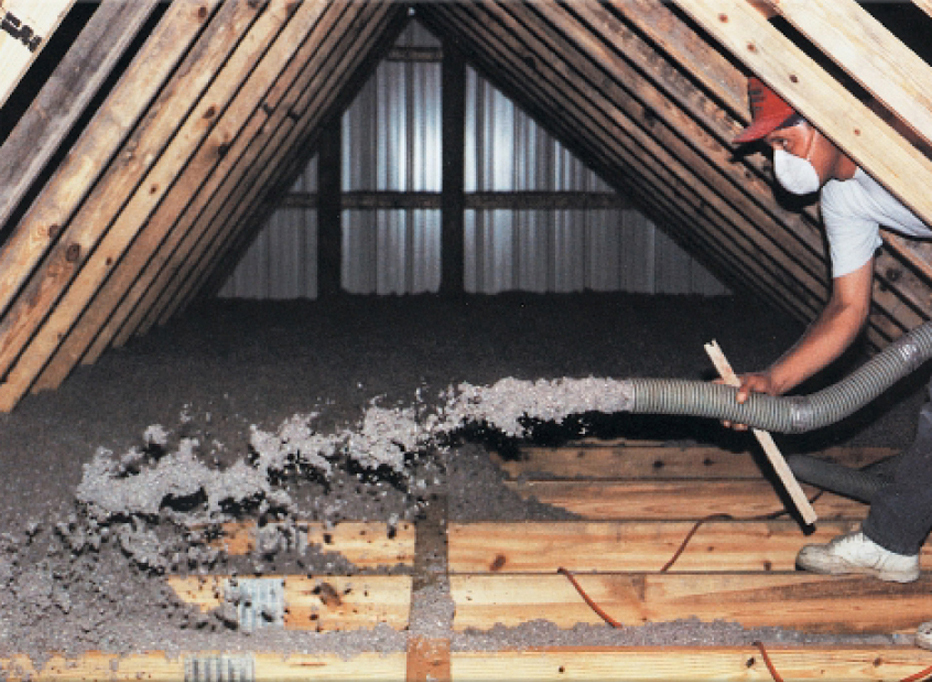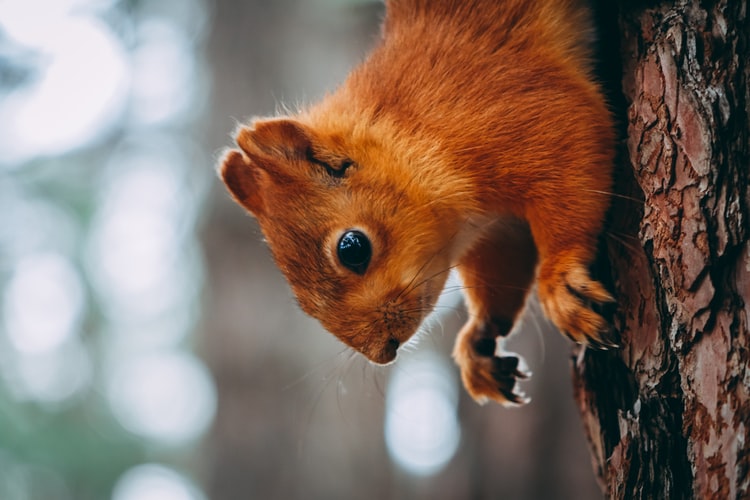

What is Organic Pest Control?
May 15, 2020
Fire Ant Control & Extermination
September 8, 2020With summer in full swing, mosquito control and pest removal are the most commonly requested services within the pest control industry, especially in extra warm and humid areas. Living in the South, we’ve experienced what seems like even hotter temperatures and more rain than ever before, creating a perfect environment for mosquitos to multiply in population. Living in a hot and humid climate means that unfortunately, mosquitos are a fact of life. So, what should you do if your mosquito problem suddenly gets worse? How do you handle a possible impending infestation? At Advanced Services, we have several options for mosquito extermination.
Mosquito Reduction – PestPlus
Our pest control program PestPlus will protect your property, treating the home from the inside out to eliminate various types of pests. PestPlus allows for interior, exterior, and perimeter treatment so that your entire property is sealed away from pests. The initial interior treatment ensures that there are no pests in your house, while the ongoing exterior and perimeter treatments keep pests from coming back. Getting PestPlus for your house is easy – all you have to do is close your windows, move small objects away from the perimeter of your house, and let us take care of the rest! The PestPlus treatment also has little to no odor and won’t damage your plants.
ECO Service
ECO is our Environmentally Conscious Organization service that helps to lessen harmful ecological impacts of pest control while controlling the pests around your home twice a month. We offer different service plans ranging from simple pest control for the outside of your home and yard, to a much more thorough pest control process for both the inside and outside of your house. The treatment strategies for the ECO service are perimeter of the property or plant/tree/grass treatments with natural products to target pests. We also offer ECO interior treatments including baiting (to attract unwanted pests away from the home), crack/crevice treatments (to ensure we don’t miss anything) and placing of monitoring devices in active areas (to keep track of the process).
Overall, there’s no better time to call Advanced Services, pick the treatment that’s right for you, and relax this summer knowing that your pest problems are under control!






